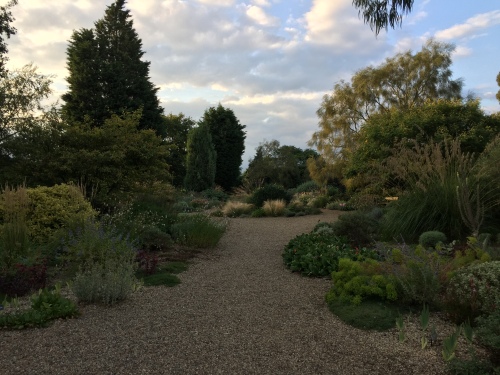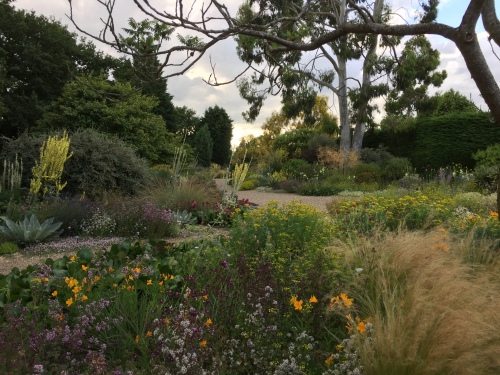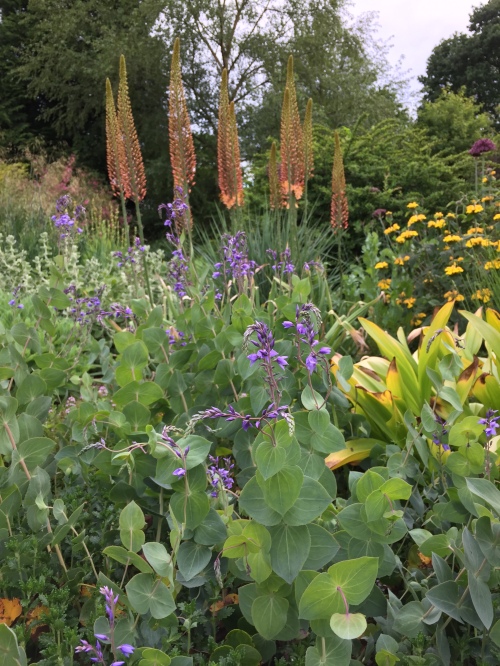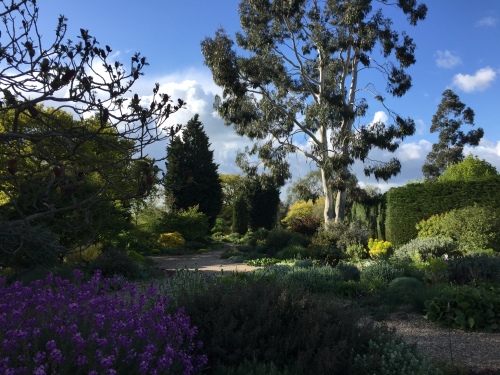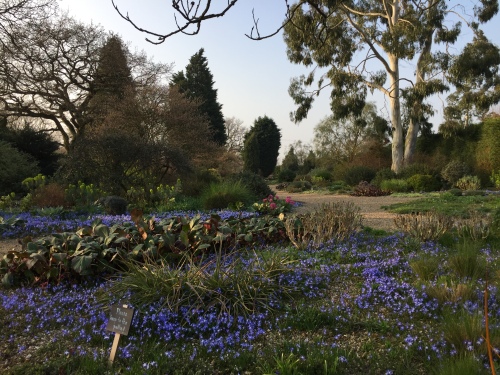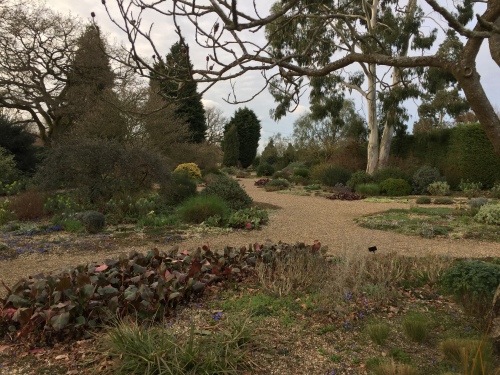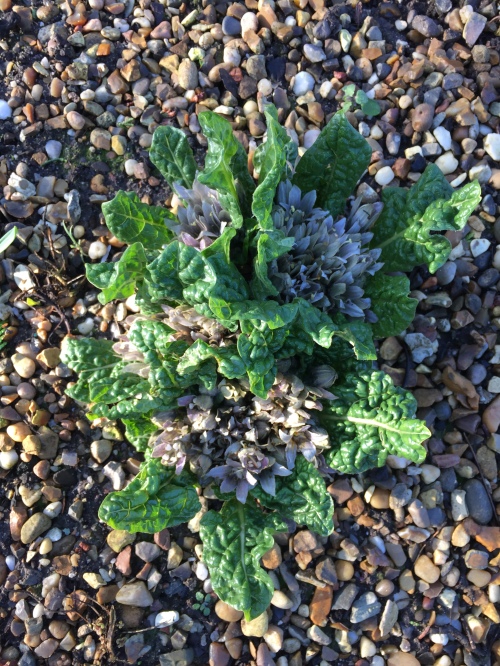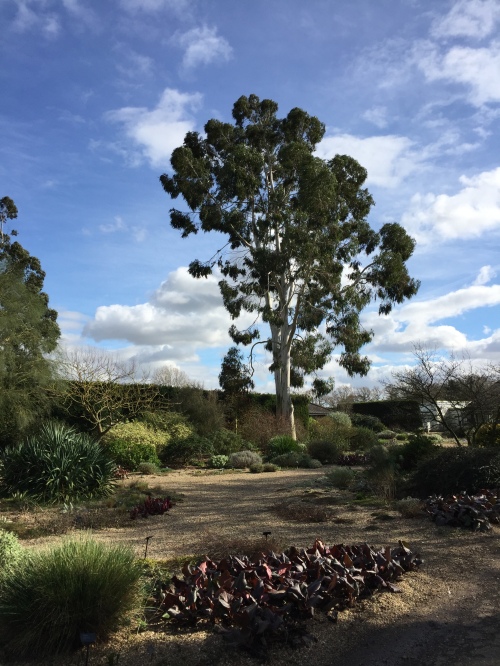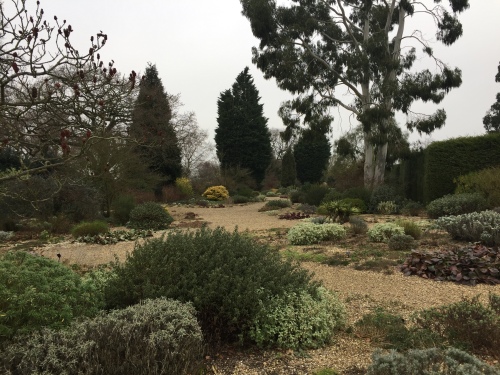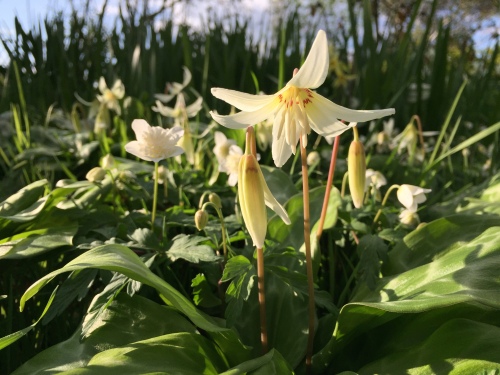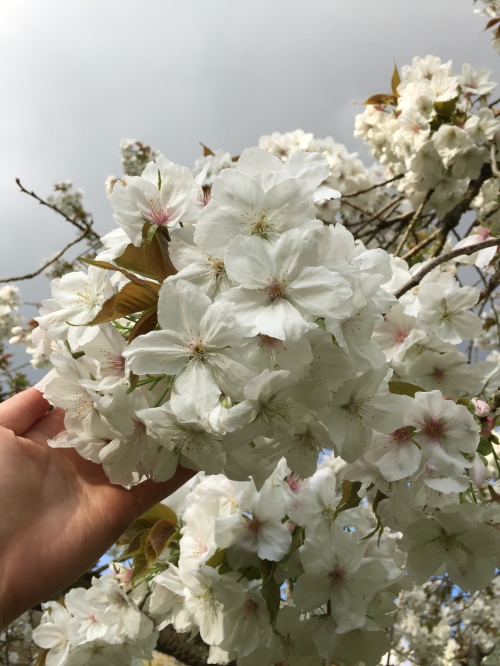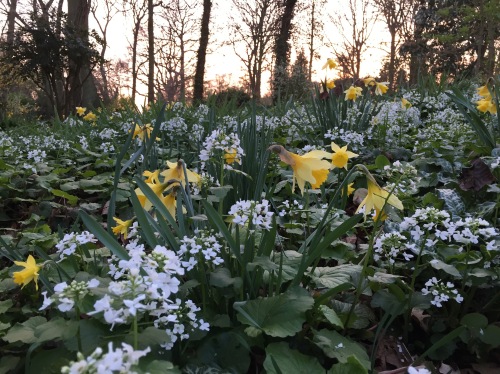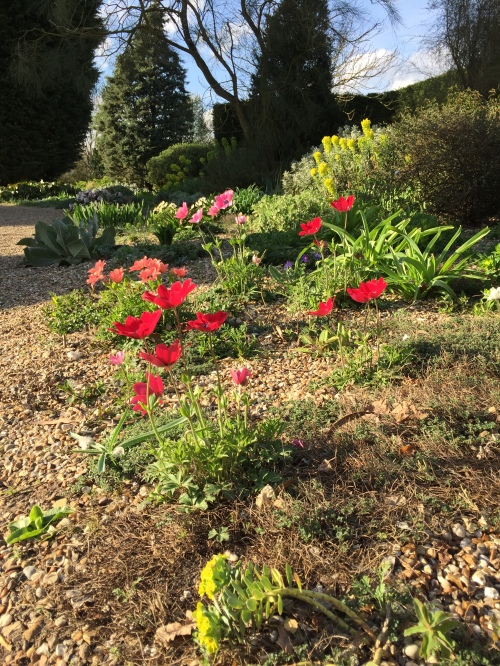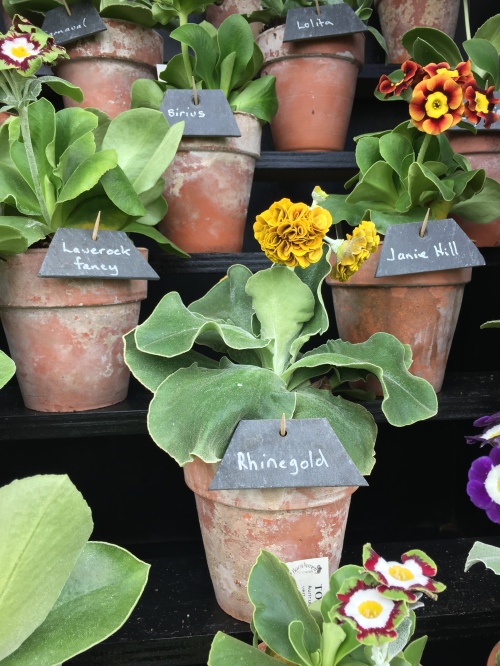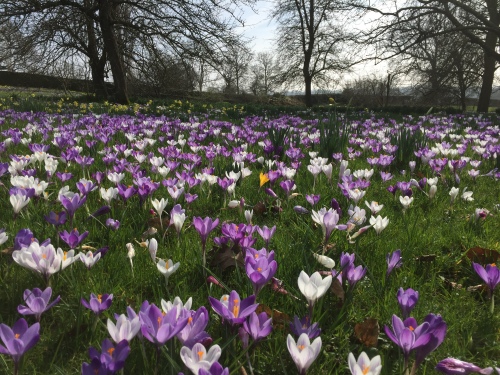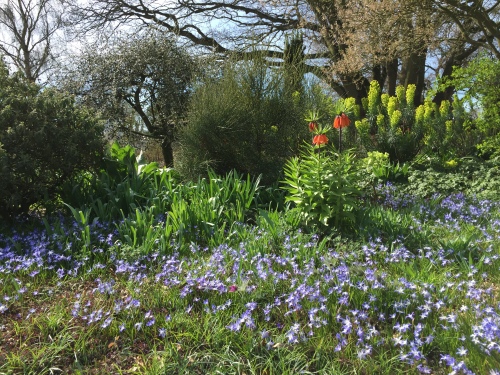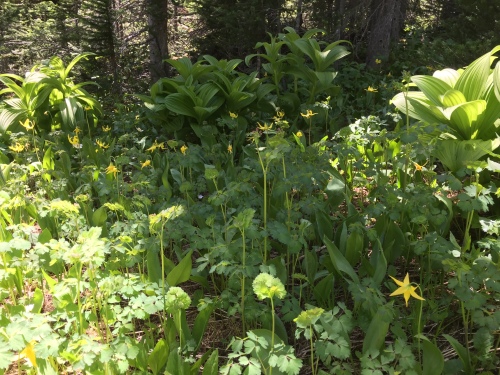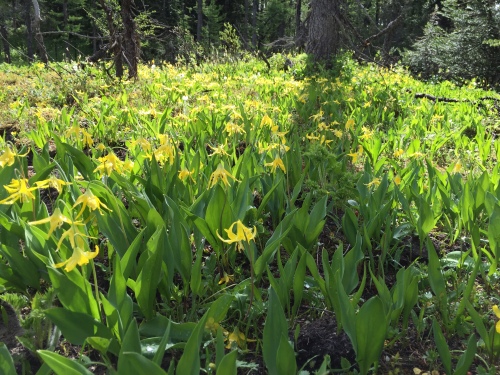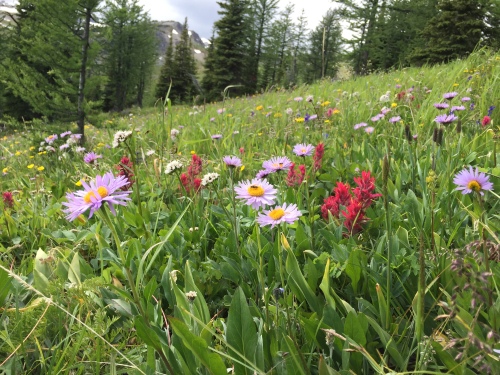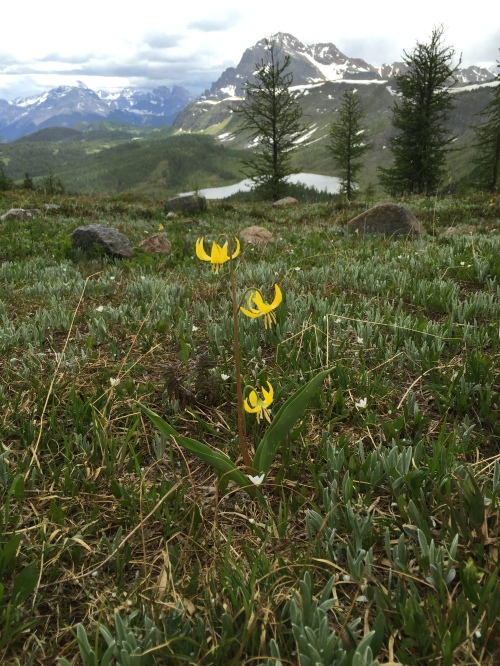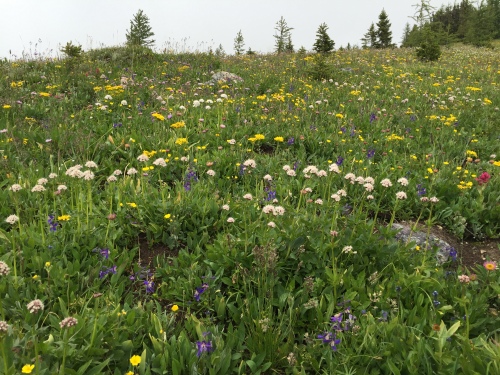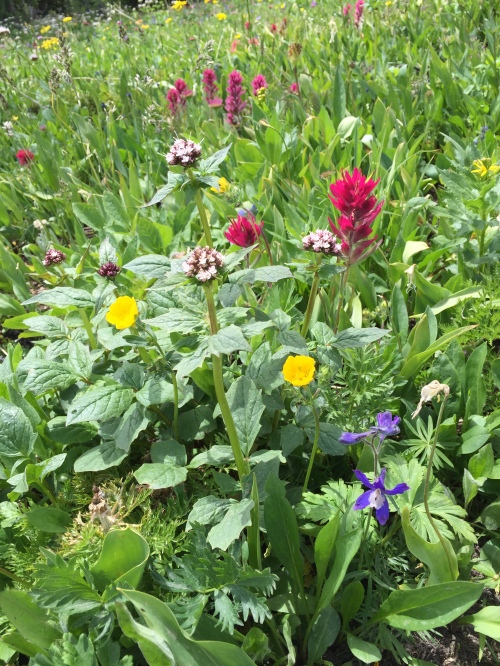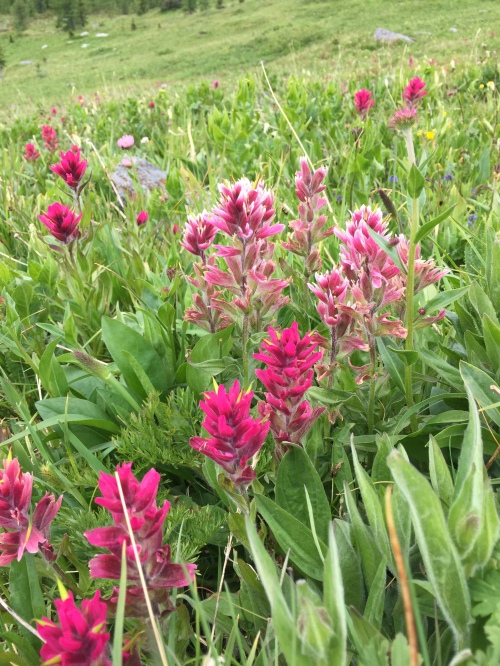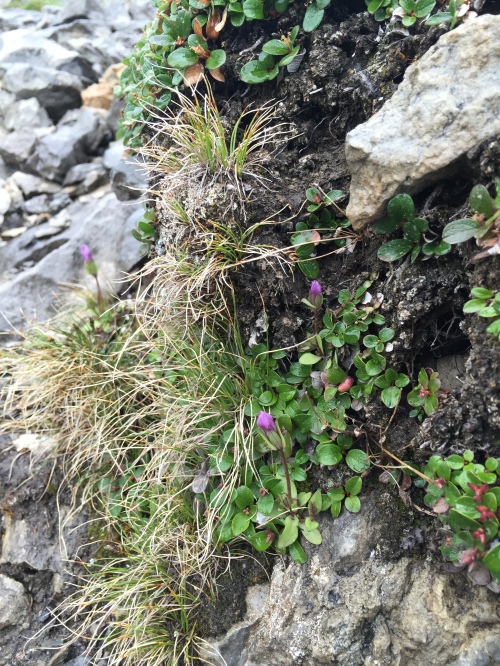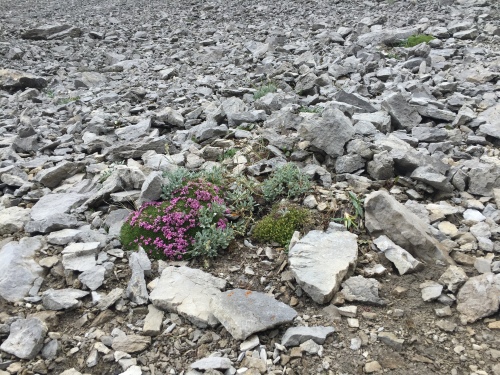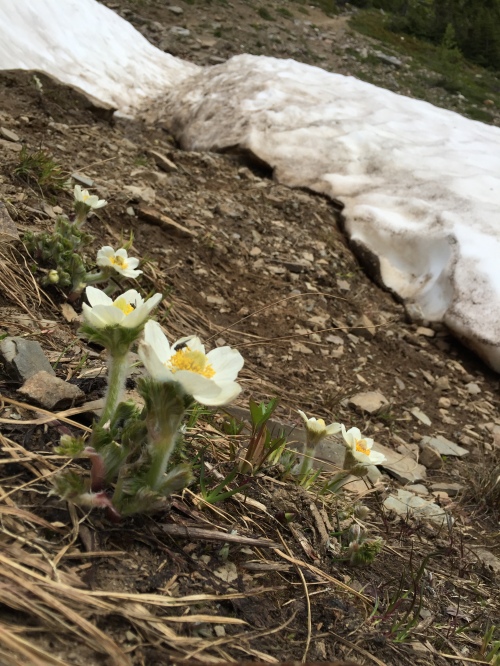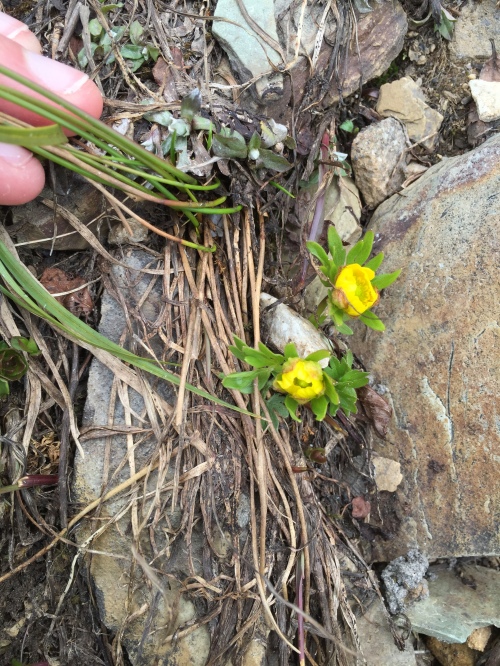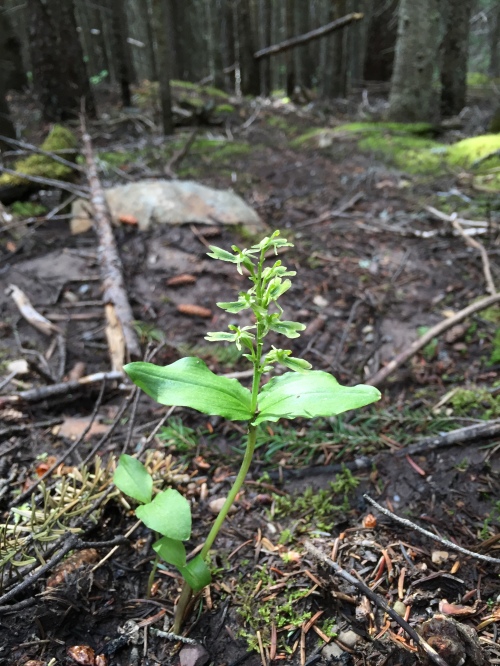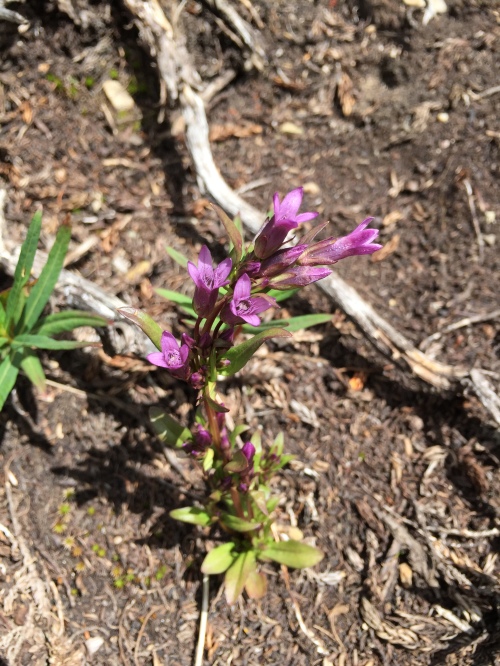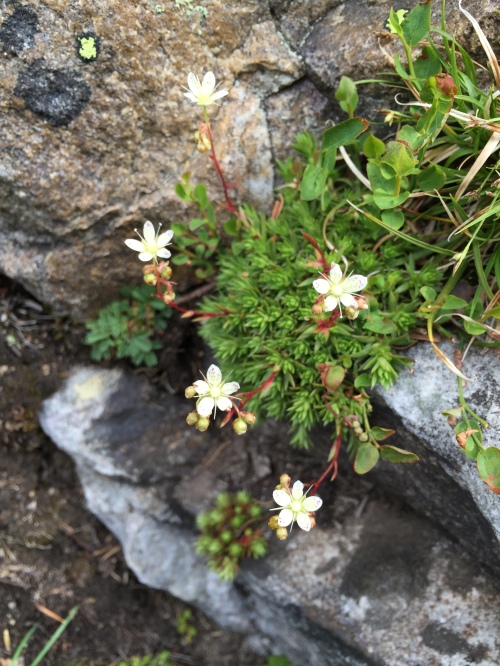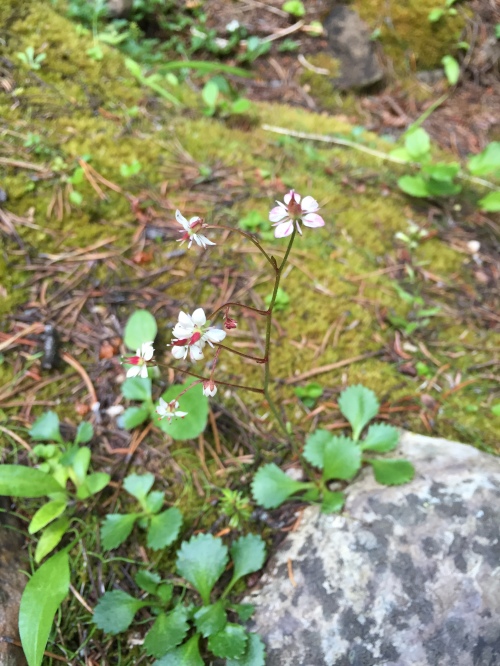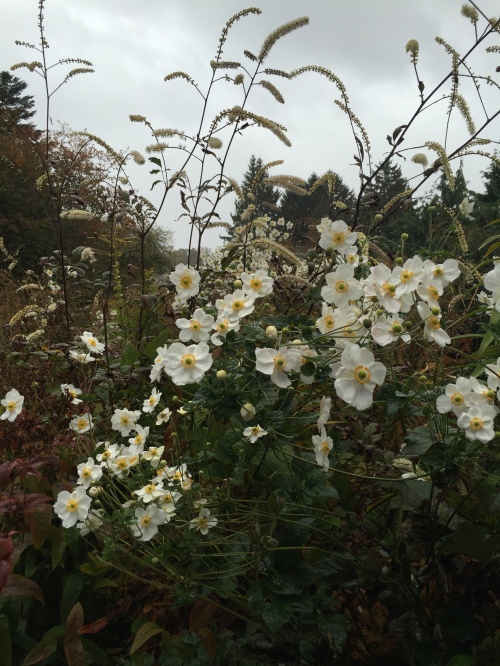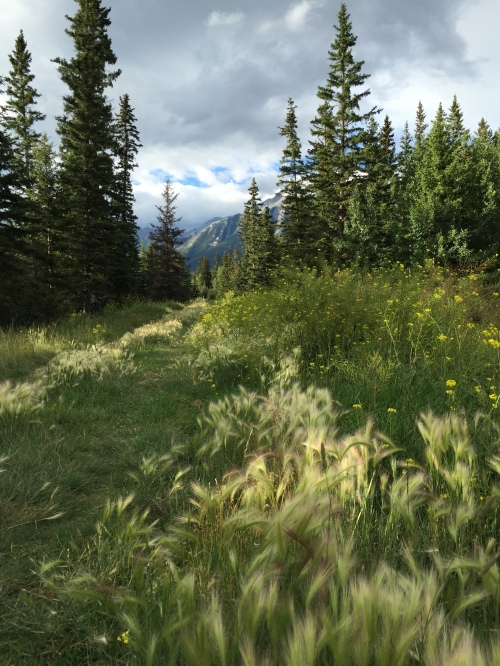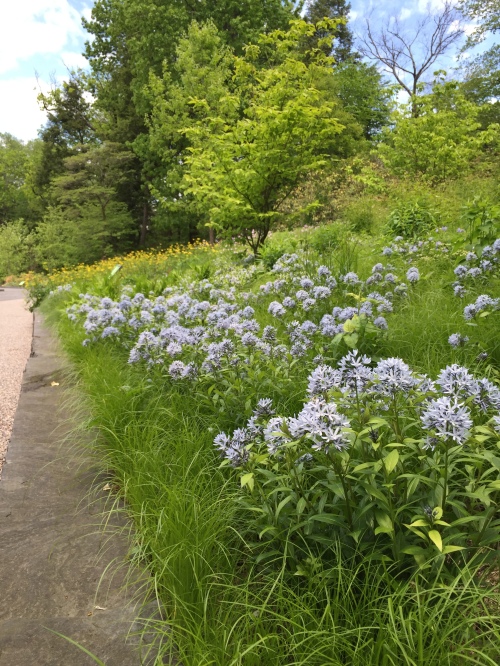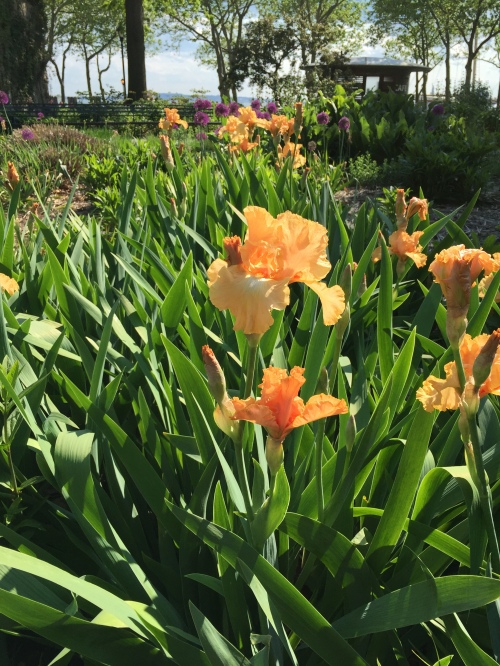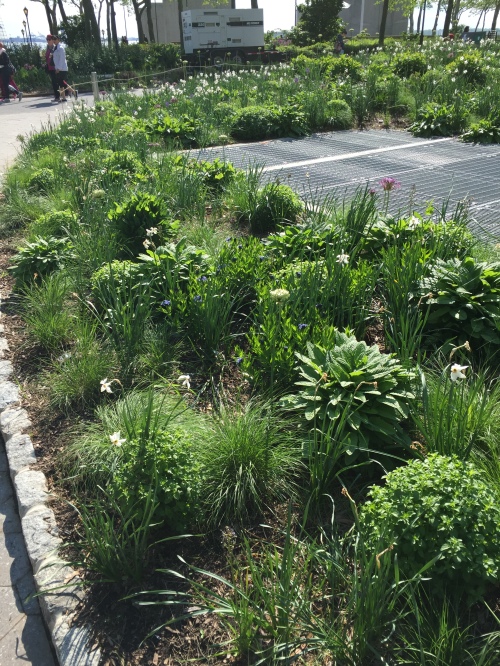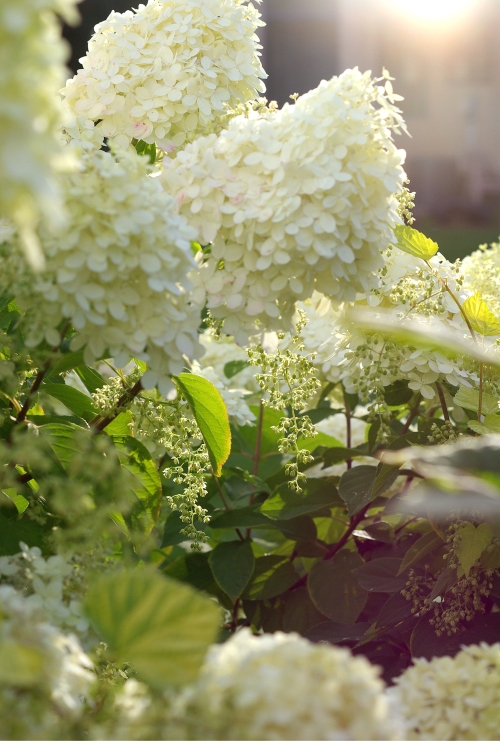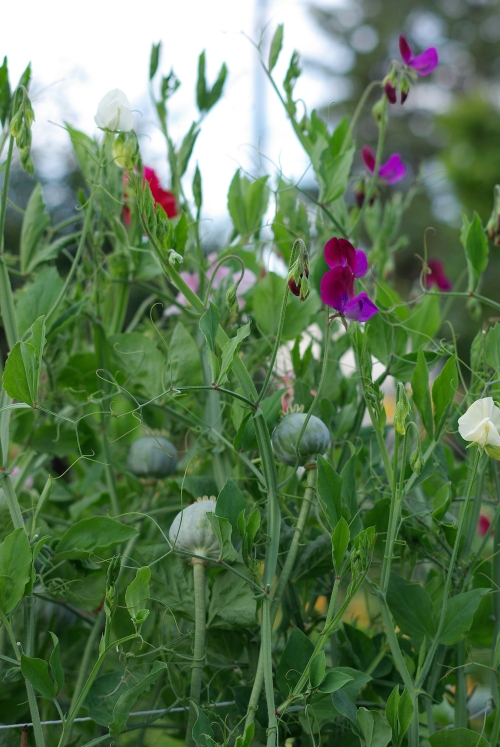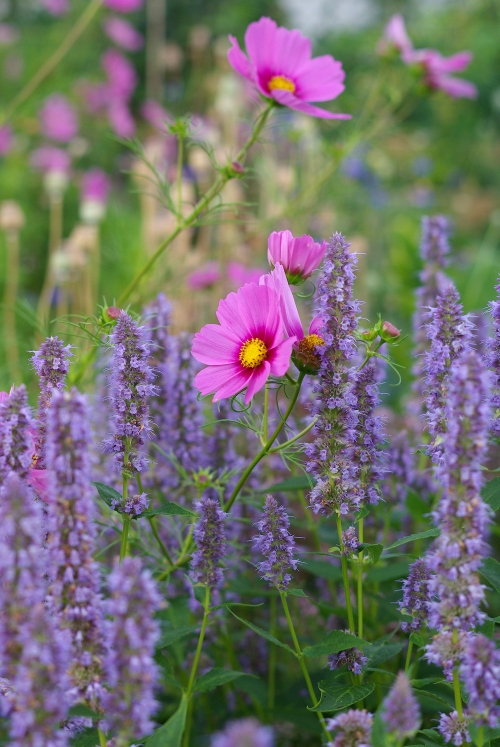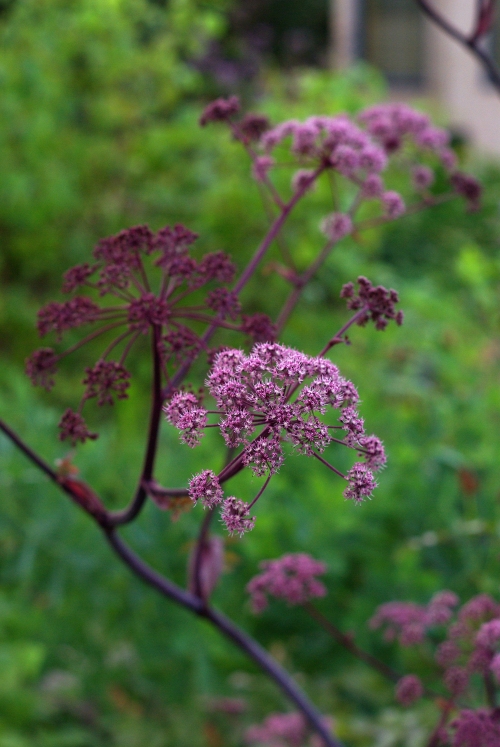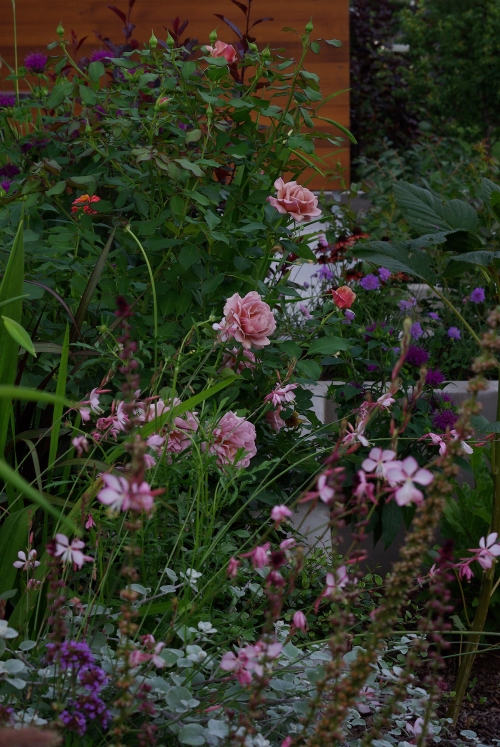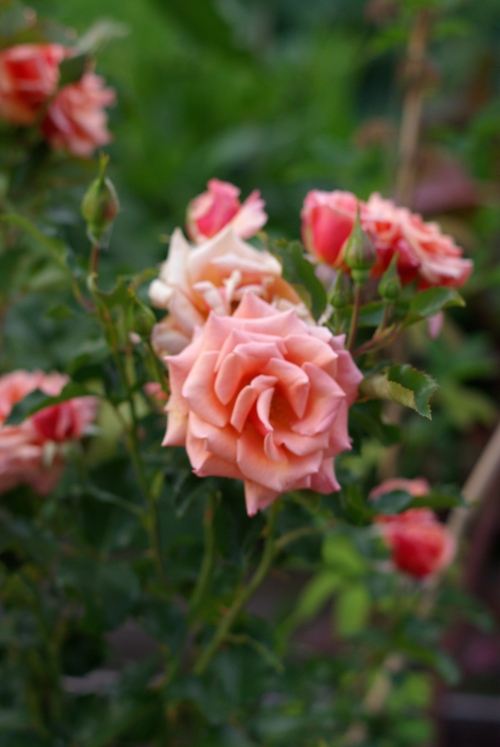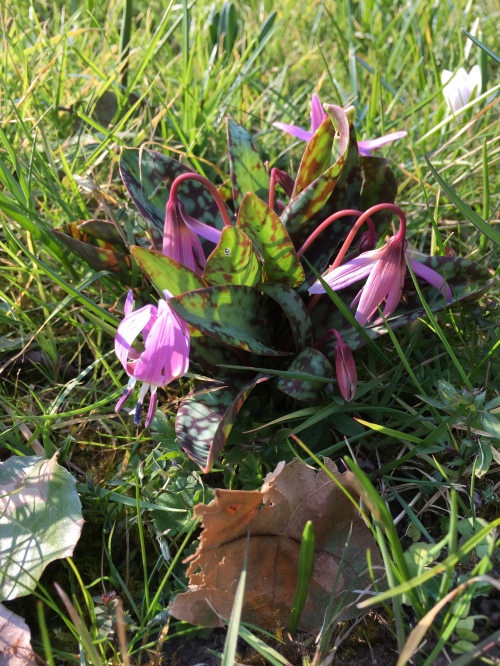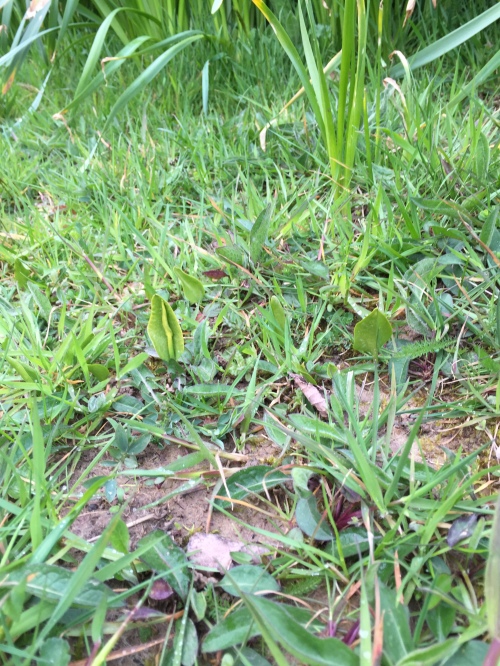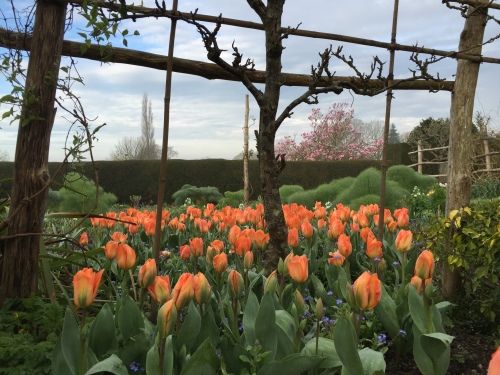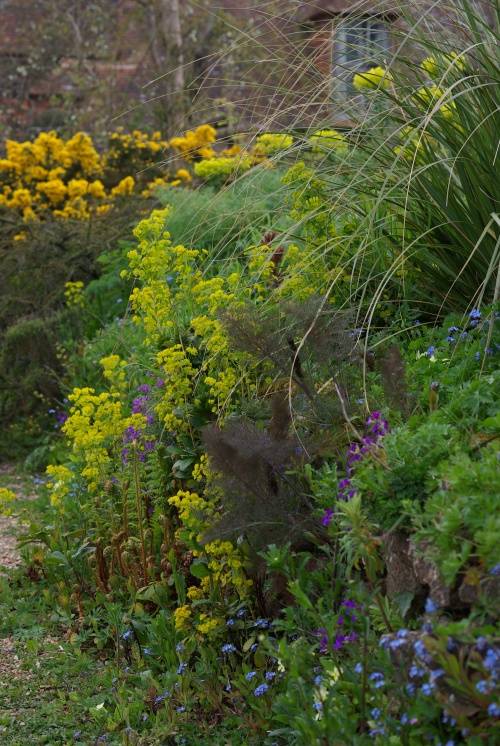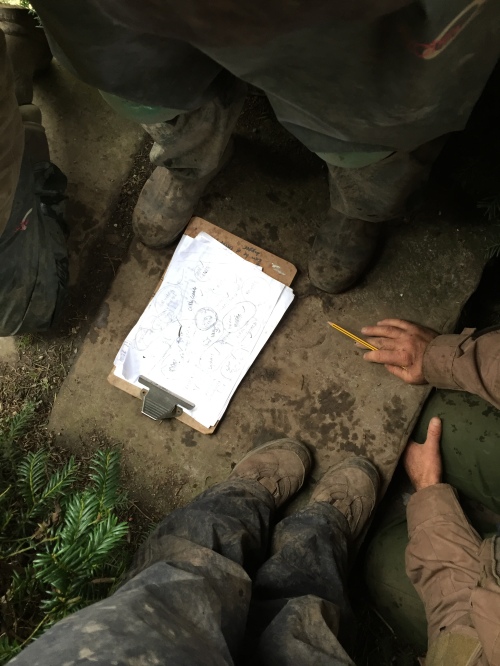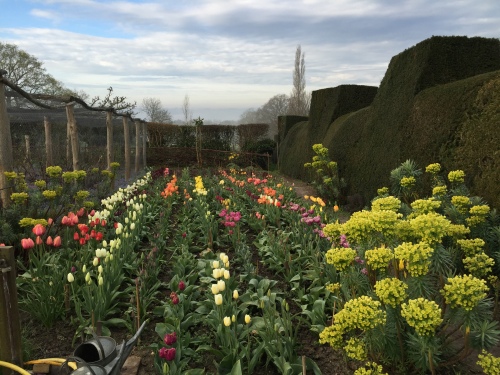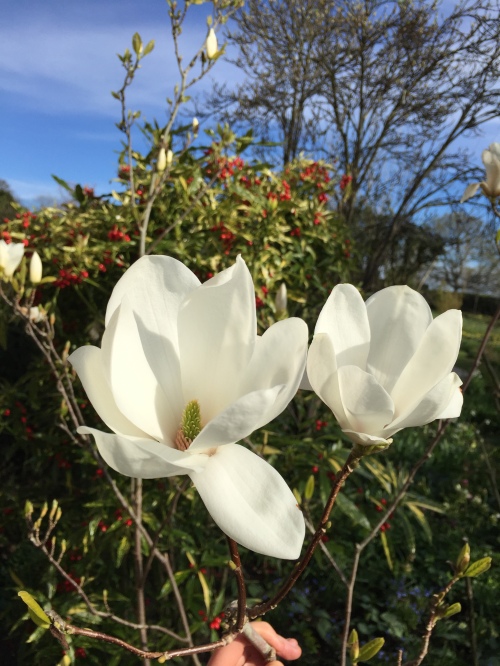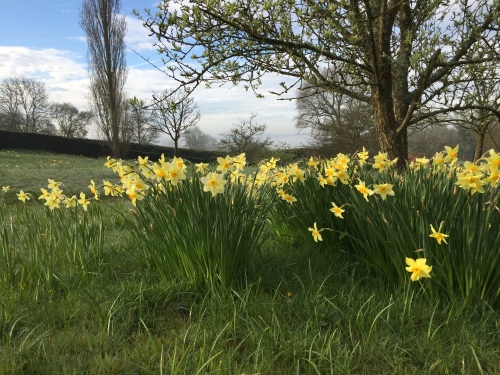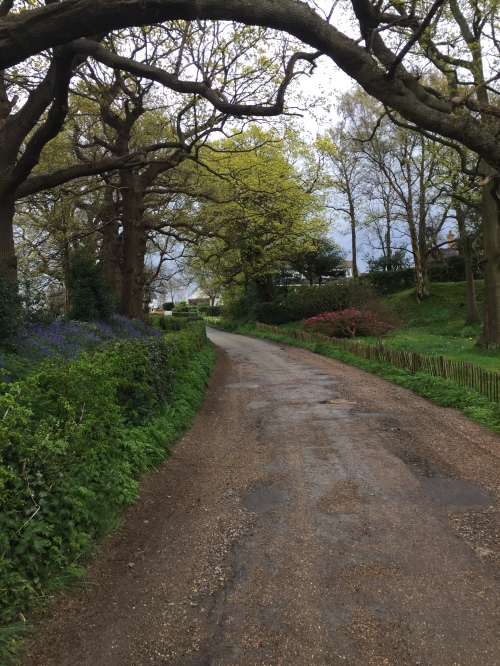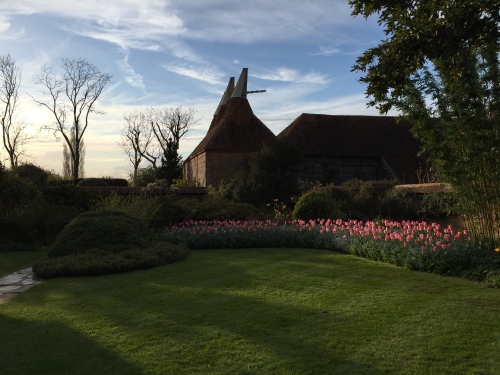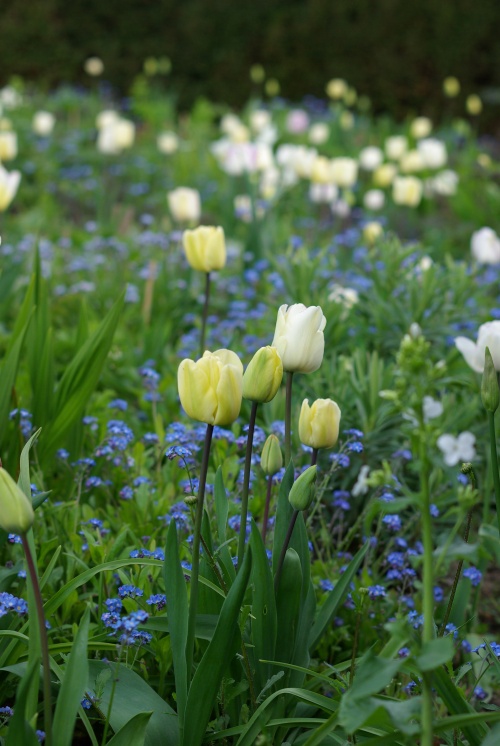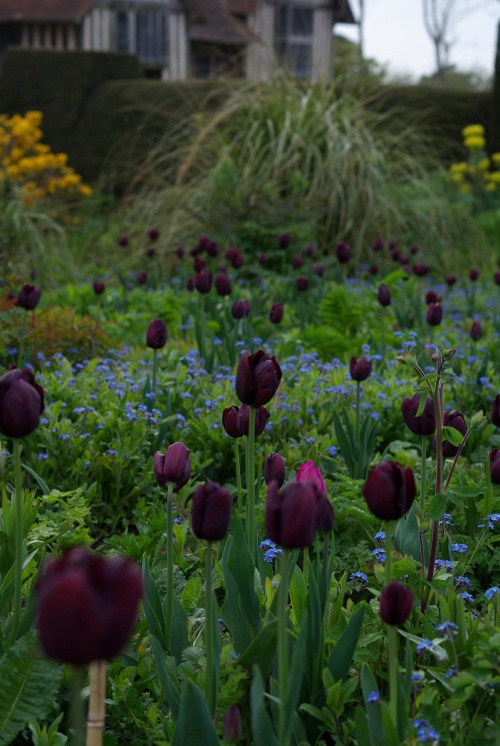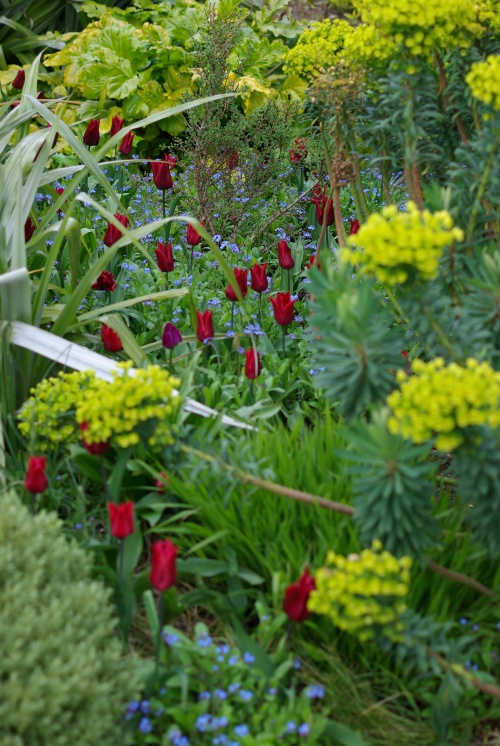
Dixter mid-September
I really hate this time of year – it’s hard coming back from 10 days on the East Coast, which is just approaching peak fall, asters everywhere, to snow and a dead garden. Sure there’s still bulbs to plant, but it won’t be last year’s gentle slide into winter. It’s over. It’s done. I miss my flowers already. Nothing to distract me now from the doldrums of winter except thinking about the gardens I’ve seen this past month.
Last week, I tagged along with the Chanticleer team to see the most beautiful meadow-style planting at a private garden designed by David Culp. It was a minimalist matrix which allowed the few non-grass perennials and self-sowers to fully express their forms. Seen through the veil of spent grass they appeared especially sculptural. It was expressive and tuned into the space – and the evident control exercised over it, in the way a minimalist interior expands before the eye, gave it all the necessary gravity to command attention.
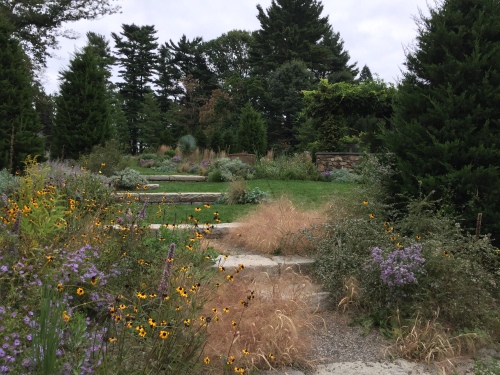
Chanticleer first week of October
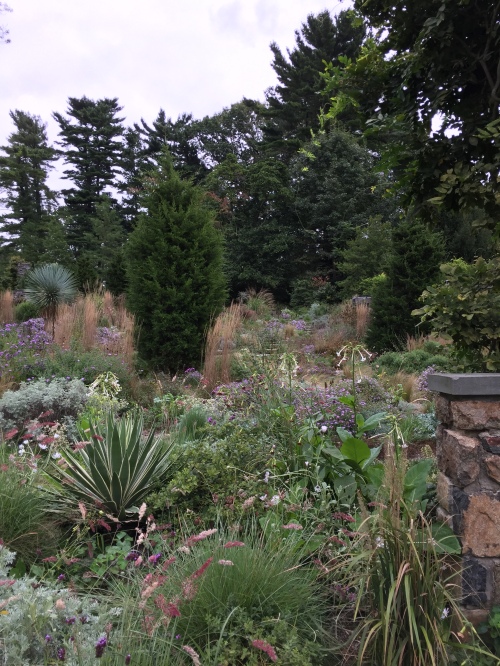
The beautiful work of Lisa Roper and the Chanticleer team
It was a subtle end to a day spent on sensory overload at Chanticleer. There’s so much to be said about that garden (beyond that I think Lisa Roper is a genius, which is what I spent a good chunk of time silently exclaiming). There’s just an overwhelming sense that the gardeners delight in plants and how they can be combined, and that they’re open to the visitor lingering and looking (I may disagree with the paint jobs on the chairs, but I love that they’re everywhere). I knew it was going to be a good afternoon when there was a stunning combination of a cactus and asters, abutting some eucomis in the tea cup garden… hello. I mean, I don’t even like agaves and yuccas, etc., but Lisa had me believing they have always co-existed naturally with nicotiana and asters, combining in some kind of pastiche on Mediterranean abundance (what?!).
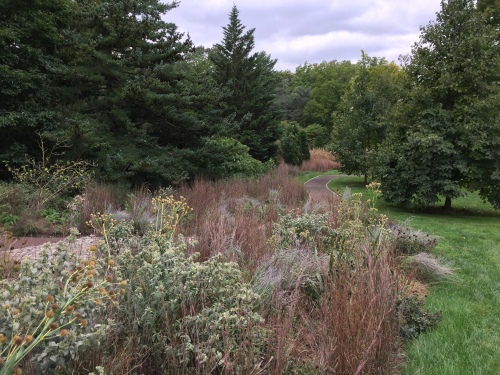
There’s just something so natural in the way that Chanticleer unfolds – I know I’ve said this multiple times, but the more I visit other gardens the more I enjoy the subtle transitions, the rolling landscape, the curving paths, and the trees. Beth Chatto’s resonated immediately with me because of its mature trees and I wonder if it’s because I’ve spent so much time in East Coast gardens where it’s not about hedging, it’s about copses of trees and shrubs. And the forest is always just beyond, closing in on you and the garden (although in NY and PA it’s of a more reasonable proportion than North Carolina’s slightly terrifying overgrowth). It makes the garden feel much more organic and of place; and I readily excuse the messiness of autumn because that’s reflected from the trees down.

I’ve never really liked colchicums – in the garden they tend to look patchy and collapse at the slightest hint of moisture or wind (and it’s fall… so poor planning on their part?), but I have to admit they livened up the car park at Beth Chatto’s a few weeks back and they were delightful spilling down a grassy hill at Chanticleer. I love a good bulb meadow and on the grey day, the pinky-purple fairly glowed. On closer inspection, they were a mixed assortment at Chanticleer, with doubles, and different colours. I think what I like about bulb meadows in spring and fall, is that, for the most part, you can easily see the shapes of each plant and flower. I’m struck by the multitude because I can distinguish amongst it.

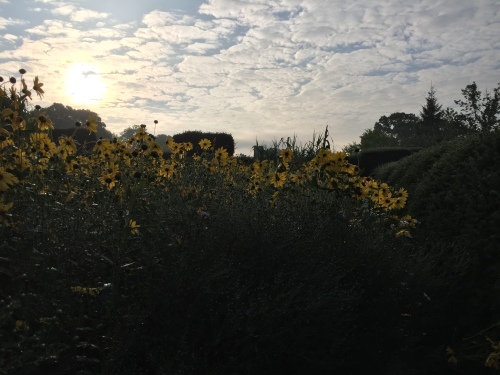
Great Dixter high garden (of helianthus)
So we come to my struggles with visiting Great Dixter a few weeks back. I arrived on Friday and we stumbled through the garden just as dusk was falling. Maybe I was jet-lagged, maybe it was the lighting, maybe we were too hasty, but, aside from the beautiful pot displays, the exotic garden, a spare moment on the long border where I suddenly didn’t hate the pine and yucca (should have been a sign that I was not at my best), I could barely understand what was happening. That night I had the sensation that the long border had been wallpapered onto the hedges, the high garden was a seething mass of helianthus and the orchard garden a disorder.
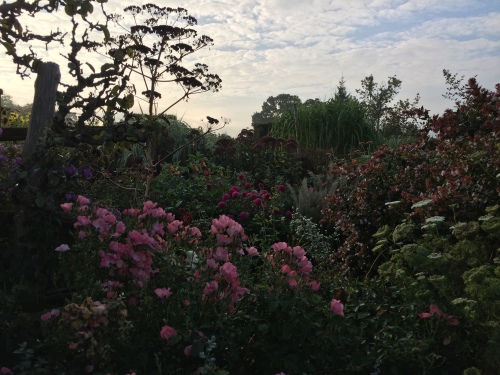
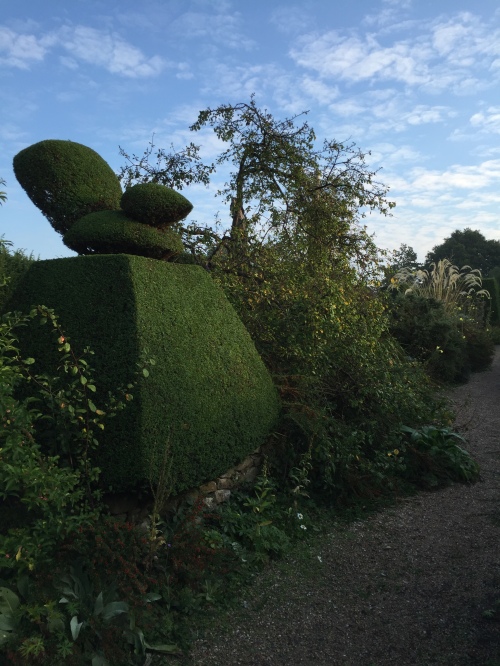
I have not been cut off from Dixter wholly in the past few months – a perk of friendship – and I have read enough Christopher Lloyd books by now to know that much of Dixter’s summer/fall plantings are not especially to my taste. And so maybe I came to it unfairly, primed for disappointment. We went back the next day for a slightly more leisurely stroll and then worked there on Tuesday and Wednesday. Every day I could feel myself softening towards it – the long border gained depth, the peacock garden resolved itself into a space I could recognize again, I appreciated the plantings around the pear espaliers, I said hello to the hydrangeas in the blue garden that we pruned so many months ago.

Dixter forces a confrontation with the border taken to the extreme. So often with borders (all art, really), complex representations don’t appeal on first glance, and coming at it from an Albertan scale of plantings certainly didn’t help matters – the visual leaps were that much bigger. Heavily amended soil and constant division means that plants are primed to explode into maximum growth and they do. No one could accuse the gardeners at Dixter of not knowing how to grow plants. They do big square blocks of plantings and the plants sit as close together as possible. The impression is a rich tapestry of colour and texture. When my eye finally resolved the borders into constituent parts, I was astonished by the plants used, particularly in the long border.

Amicia zygomeris in the foreground, Dahlia ‘David Howard’, Tetrapanex and Musa basjoo (a hardy banana)
I do feel like the endless lectures of gardening for foliage are slightly hypocritical when looking at summer/fall borders like Dixter’s (I am mainly referring to the long border here). You can’t even see the foliage. Or what you can see is quickly mildewed, desiccated, frayed. The best foliage is unarguably in the exotic garden, which was everything I could have asked for – lush and humming with its own green energy. It’s a stroke of genius that rewards time and again. There, the overwhelming nature of the plantings work.
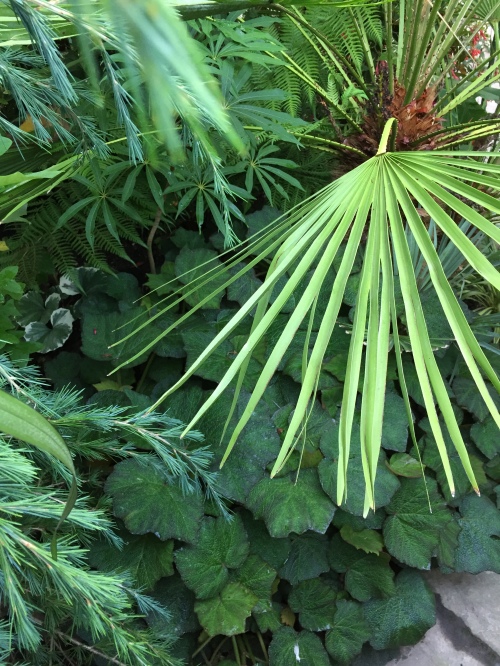
Begonia ‘Burle Marx’ underplanting
The exotic garden also rewards the visitor with a close look at unusual plants that have been allowed to maintain their form (as opposed to be grown so closely together they meld into one mega-plant). I was struck by Amicia zygomeris and Telanthophora grandiflora. And the textural carpet of begonias (‘Burle Marx’) is yet another reason to celebrate bedding out. (Honorary mention goes to a beautiful moment in the barn garden with melianthus, a dark red dahlia and one of the osmanthus. The lower steps from the mosaic garden also had a beautiful pot display of hostas, begonias and other foliage-rich plants.)

Symphyotrichum laeve ‘Les Moutiers’
A few days later, after more heat, the asters started to bloom in the peacock garden, lightening the space. There’s nothing like a good aster. ‘Little Carlow’ and ‘Les Moutiers’ are standouts. I learned the name of the mystery, feather-leaved plant I kept batting off while going into deadhead – Helianthus salicifolius (of course it was a helianthus….), cursed the beautifully treacherous Rubus thibetanus, and got some lessons in Dixter staking. And every time I came down the steps with a full bucket of weeds, I took a moment to appreciate the Plectranthus argentatus, with its beautiful silvery foliage.
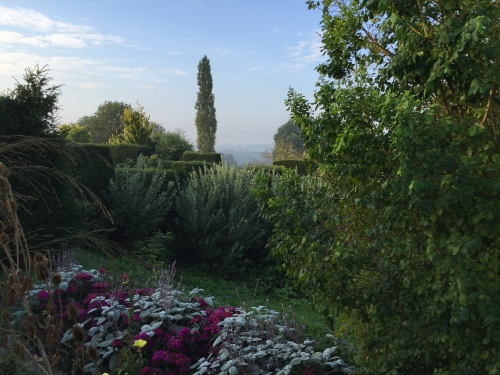
Plectranthus argentatus above the cat garden
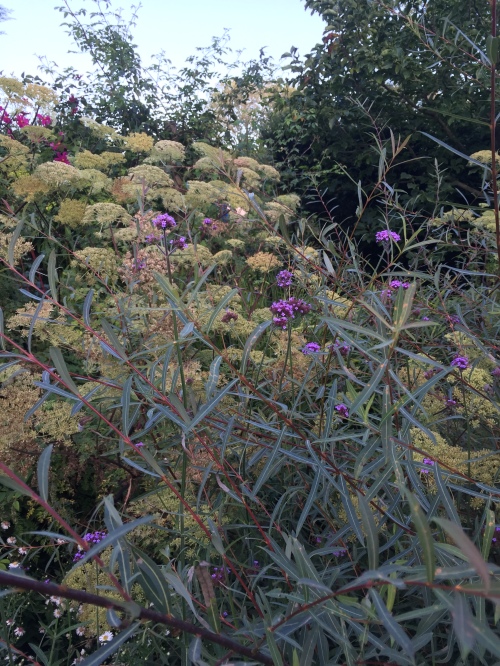
Salix purpurea ‘Nancy Saunders,’ Verbena bonariensis, and the spent seedheads of Selinum wallichianum (and a bit of the insane 10 ft cosmos…).
I saw the Plectranthus again in a private garden headed by another Dixter alumnus and the same Helianthus appeared in the Chanticleer cut garden which is presided over by a past Dixter scholar. It’s fascinating to see Dixter re-imagined by others. In the private garden, annuals are used more sparingly, but gracefully, in the long border, and the overall effect is softer and invites the visitor’s eye into the very back of the bed. The colour schemes are more harmonious. There was a particularly good moment at one point, with Salix purpurea ‘Nancy Saunders,’ Verbena bonariensis, and the spent seedheads of Selinum wallichianum. It’s still Dixter in its sensibilities and plant choices, but the plants are given more space and support.
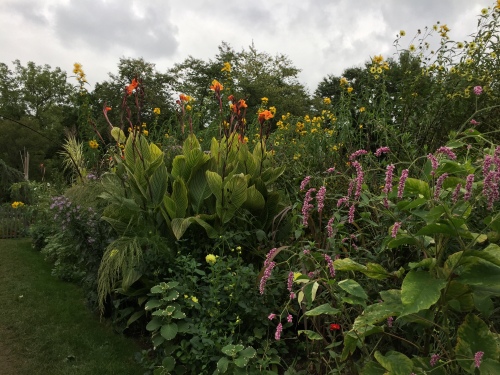
Chanticleer cut flower garden in early October
The Chanticleer cut flower garden was stunning. As with the private garden, there is a huge reliance on cannas for height, colour and foliage impact. But putting them on the outside of the border as punctuation was so fun, especially in combination with Eupatorium capillifolium ‘Elegant Feather’, Persicaria orientalis ‘Shiro-Gane Nishiki’ and Dahlia ‘Glorie van Heemstede.’ (Side note: thank you to Eric, who makes the best plant lists of any garden). It felt like what Dixter’s high garden could be. Height on the edges is engaging, but only if you can see through to the center and I appreciated the Chanticleer beds for the editing. Even in the late season chaos, it was engaging and beautiful. It was a strong entry for why deep beds that rely on annuals (or perennials used as annuals) can be powerful and worth the effort.
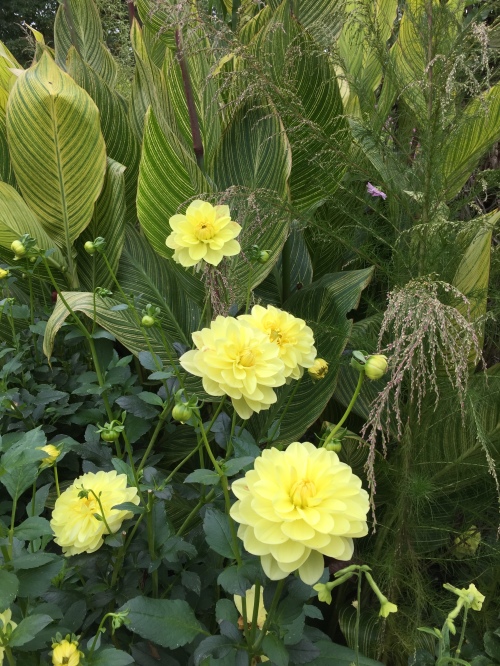
Canna ‘Bengal Tiger,’ Eupatorium capillifolium ‘Elegant Feather’ and Dahlia ‘Glorie van Heemstede.’
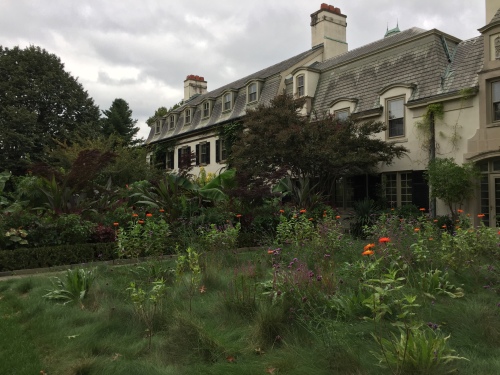
And while we’re on the subject of annuals, I thought the addition of zinnias and verbena to a grassy area was clever and fun – the possibilities for a loose meadow-based matrix then become endless. Have I mentioned how I much I enjoy the playfulness of Chanticleer? I also love the invitations to sit in the garden. I miss that at Dixter – there are few spots to just luxuriate in the surroundings or that suggest to the visitor a particularly nice view. Maybe that’s what makes the experience that much more overwhelming – you never get a rest!
Dixter continues to be an outsized influencer, with good reason. It is always full of gorgeous, surprising plants, and possesses a tangibly generous spirit. If anything, seeing its distinguished traits translated into new spaces by different gardeners, has gotten me even more excited about the coming years in our garden. As always, Dixter and its people, past and present, were warm and endlessly hospitable. It has been such a treat to spend time with so many gardeners (at Dixter, Chanticleer, Beth Chatto’s and private gardens) in the past month and I’m grateful to all of them for sharing their time, knowledge and enthusiasm.

My favourite part of the Dixter long border

